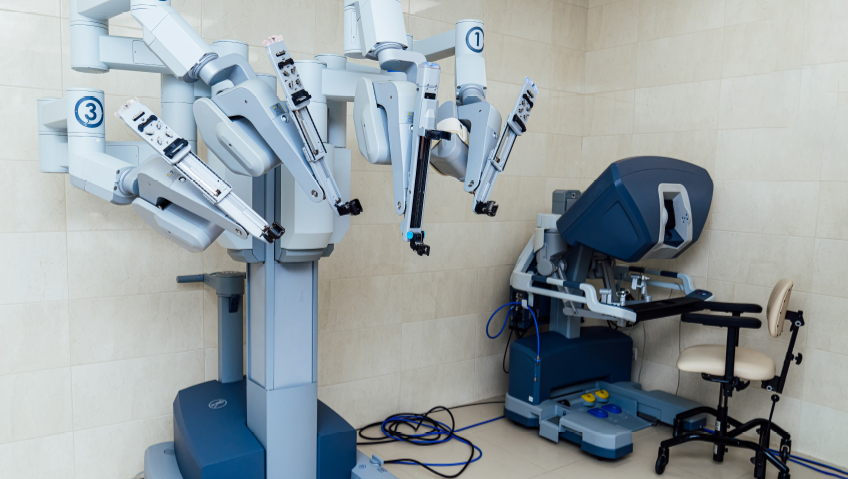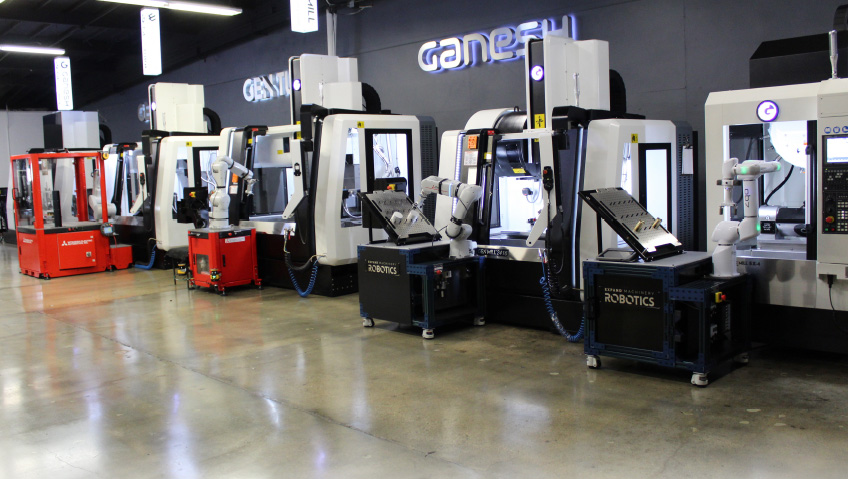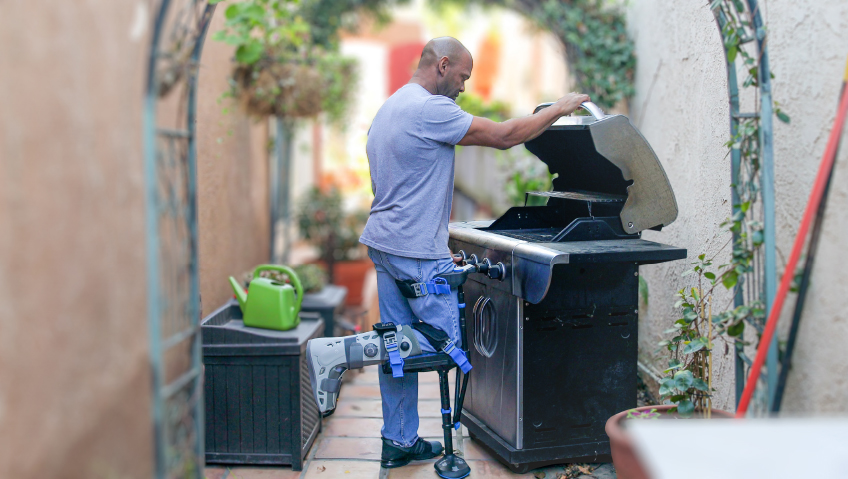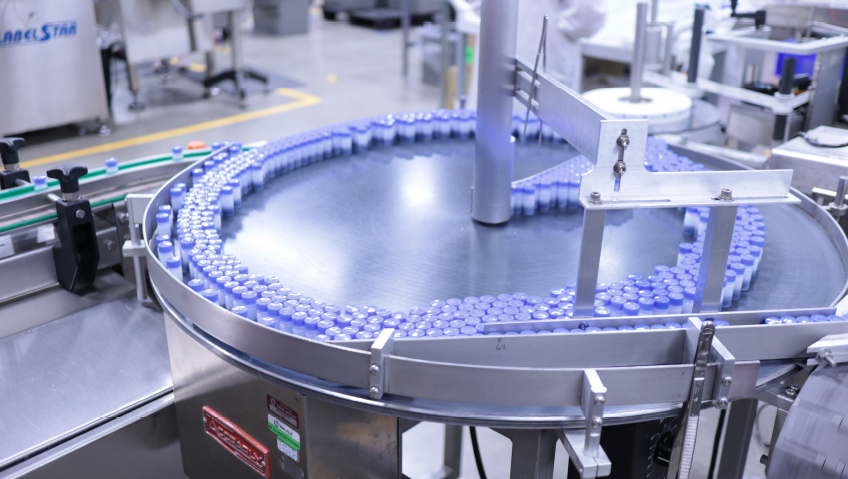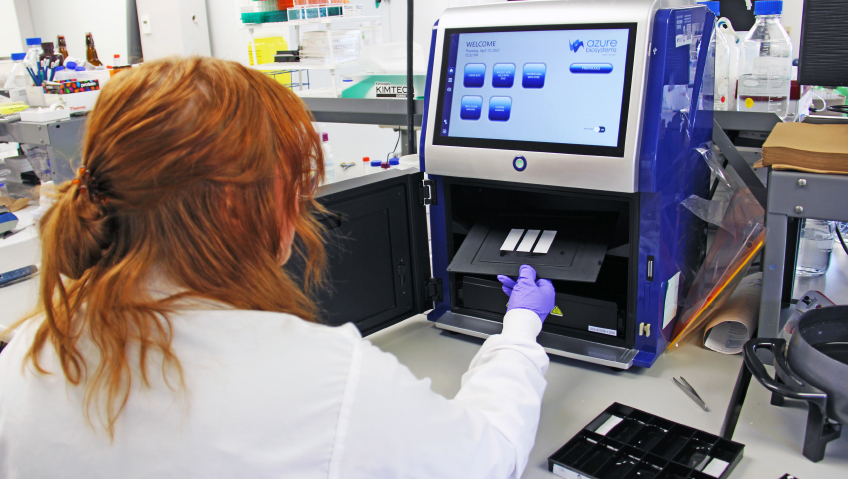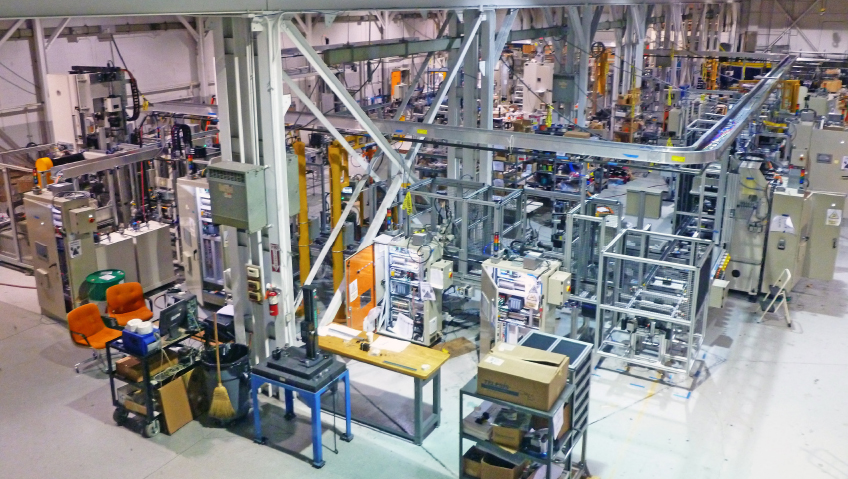Robotic surgery has been around in one form or another for about 40 years, with the earliest case being the Arthrobot, a voice-controlled positioning robot for orthopaedic procedures in Vancouver in 1985, according to The Medical Post.
Early innovations in the field were driven by the need for precise positioning, allowing for more adherence to medical imagery, especially for the biopsy of brain tumors, but also for orthopaedic procedures and prosthetic hip replacements. And as communication technology ramped up in the 1990s, the notion of remote surgery started to push this innovation as well.
Today’s robotic surgery systems make use of advanced computing with custom software, dedicated signal filters and precision hand controllers to interpret a surgeon’s movements at a workstation and drive the robot in the operating theatre, all in real time. The surgeon directs the movement but isn’t physically performing the surgery with the surgical tools. While they’re still very much in control of the process, surgeons don’t have to go through the same demanding physical exertion, reducing physician fatigue and burnout and improving quality of care.
Early pioneers of the technology, like Dr. Fredrick Moll from the Stanford Research Institute, developed robotics for laparoscopy, which are procedures that require minimal incisions often performed around the abdominal cavity. The American College of Surgeons bulletin notes how Moll helped to expand the types of surgeries that robots could assist with. “Dr. Moll thought robotic surgery would offer more degrees of freedom to open, close or rotate the instrument than a straight shafted laparoscopic instrument would,” Dr. T. Sloane Guy told the College Bulletin in a May 2023 piece titled Robotic Surgery Is Here to Stay – and So Are Surgeons.
Guy is director of minimally invasive and robotic cardiac surgery at the Georgia Heart Institute where nearly 20,000 robotic surgeries have been carried out. As he put it, “There is a quiet tsunami of robotic surgery headed our way.”
But, like many new technologies, people were skeptical at first about robotic surgery and what could be done with it. Early on, some surgeons wanted more control over the operating field than what the robots could provide. The robotic prostatectomy, where part, or all, of the prostate is removed to treat prostate cancer or an enlarged prostate, was the first procedure to gain wide acceptance.
In 2018, the Journal of The Society of Laparoscopic & Robotic Surgeons published a piece, Origins of Robotic Surgery: From Skepticism to Standard of Care, where analysis showed that robotic assisted surgery decreased blood loss and reduced hospital stay times among prostatectomy patients.
Now, Intuitive Surgical, a leading global producer of surgical robotic products headquartered in California, estimates more than 12 million robotic surgery procedures have been performed with Intuitive systems. Further, an analysis published in JAMA Network Open in 2020, Trends in the Adoption of Robotic Surgery for Common Surgical Procedures, found that robotic surgical procedures entered into the Michigan Surgical Quality Collaborative registry increased from 1.8 to 15.1 percent from 2012 to 2018.
The types of surgeries have expanded considerably as well, with robots used for cancer, cardiac, and gynaecological surgery, and general ones like gastric bypass, hernia repairs, and gallbladder surgery.
The shift has also transformed medical curricula as residency programs make robotics part of their training, largely driven by demand of the residents themselves. Alisa Coker, the director of robotic surgery education at the Johns Hopkins University School of Medicine, told Wired magazine in an October 2023 story, Meet the Next Generation of Doctors – and Their Surgical Robots, “Some residency programs didn’t see the benefit of teaching their surgery residents robotics. But over the last six years, residents started demanding to be taught robotics… They were asking that we prepare a curriculum to teach them.”
Coker took that demand and turned it into a program that includes robotic simulators, which are used to teach the skills needed for robotic surgery. Most students now practice on simulators and assist on related cases.
While more surgeons are using robotics in surgery, the technology itself continues to advance. The three emerging trends in the future of robotic surgery are miniaturization, telepresence, and the impact of AI, according to the Vanderbilt University School of Engineering report of November 2023, The Future of Robotic Surgery: 3 Trends to Look For.
The top trend, miniaturization, involves micro-robots in surgery. Microbot Medical has recently expanded its surgical robot manufacturing capabilities and introduced the Liberty single-use endovascular robot system. Bearing an uncanny resemblance to Sherlock Holmes’ double-brimmed hat, the little robot can be hand-held and used remotely for neurovascular, cardiovascular, and peripheral vascular procedures. Basically, this mini robot can carry out intricate procedures targeting blood vessels. It also happens to be disposable and can cut back the requirement for larger pieces of equipment in the OR.
Telepresence—the option to remotely perform a surgery—broadens what can be done from further distances. And it doesn’t get much more remote than space. A robot aboard the International Space Station recently completed a surgery demo in space while the surgeons who remotely performed the demonstration were about 250 miles away in Lincoln, Nebraska. Not only does this have implications for space travel, but it can be used in remote places that may not have surgeons but could have robots.
The hurdle, however, with this kind of remote surgery is the delay between the actions of the surgeons and the movement of the robots, which increases with distance. Dr. Michael Jobst, a colorectal surgeon who was part of the space surgery demo, talked to CNN about these critical delays for the piece Surgery in space: Tiny remotely operated robot completes first simulated procedure at the space station. “In a live patient, if there is bleeding, it’s my job to stop that bleeding immediately. But to have an 800 to 850 millisecond lag between seeing the blood loss then doing something about it, I mean effectively that’s like… saying, ‘okay, one Mississippi, two,’ and then I get to go ahead and fix the problem,” said Jobst. “Five seconds would be an eternity in surgery, and a split second or half a second is going be significant. So, this was a big challenge.”
As CNN noted, the robot carrying out this surgery is called spaceMIRA, a two-pound compact robot that has two tools to grab and cut. It is specialized for weight and size to go into space where its Earth counterpart is three inches longer with a similar design.
The other major enhancement that will propel what robots can do in the future is AI and machine learning. Currently, AI is used to help recognize patterns and detect objects through inspecting digital images or videos. This goes a long way toward improving the diagnostic process. As the technology develops, the aim is to assist surgeons in real-time decisions as well as evaluate the risks and benefits of the surgery and postoperative complications. In the actual mechanics of an operation, AI could also perform simple tasks through the robot, like closing a port site when the device is removed or tying a suture.
Beyond this, AI could expand to artificial implant technology and programming that could allow someone who is profoundly deaf to hear.
With all this potential, some ethical questions are being asked, like who would be held responsible if an AI-led surgery results in a bad outcome? Is it the doctor for using the AI; is it the programmer who created the software behind the AI?
These questions are leading to the bigger ones for the medical profession where robotic surgery is involved. Is it ultimately human error that results in the negative consequences of surgery when the issue is a technical failure? Should humans be limited to the planning and decision making but physically stay out of the operating room?
We are still a long way from the scenario of a robot surgeon walking into an operating room to perform the surgery, but the decisions we are making now are shaping what that future will look like. It may come down to a question of trust. For something as intimate and life-altering as surgery, are we prepared to let the robots do the work or will we always want to have the human touch?

